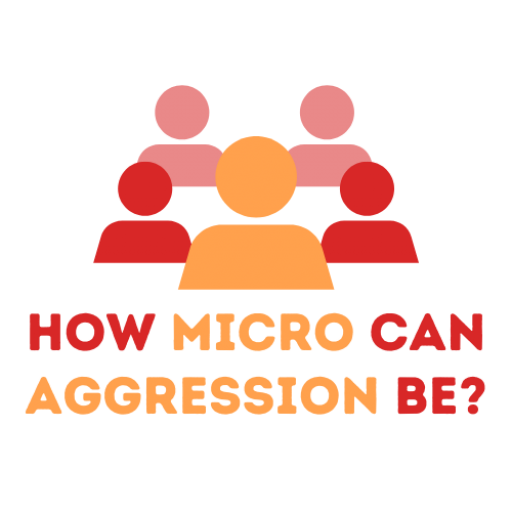Step 2: Theory
Make the Invisible Visible
Because micro-aggressions are a much subtler form of aggressive behavior, the first strategy is to name the micro-aggression and make it visible to everyone involved in the situation. This can be an empowering act, because it validates the experiences of the target and asks the perpetrator to consider their privilege. There are six ways to make the micro-aggression visible:
- Address that the micro-aggression happened in a nonthreatening way.
- The target can defend themselves, and witnesses can add additional support.
- Make the hidden bias explicit.
- Challenge the stereotype the bias is based on.
- Broaden the trait to a universal human behavior.
- Ask for clarification.
Let us apply these six tactics to a specific situation. For example, when a White, female teacher fails to pronounce a Brown student’s first name despite having been told the correct pronunciation.
a. “Oh, I think you meant to say [name pronounced correctly].”
a. Target: “My name is pronounced as [name].”
b. Witness: “That’s correct, you mispronounced their name.”
c. Witness: “Their name is pronounced as [name].”
a. “You seem to assume that I/[name] doesn’t mind that my/their name isn’t pronounced correctly despite having been told how to pronounce it correctly.”
a. “My/their name might not be quite common, but that does not mean you cannot get more familiar with it. If people can learn to pronounce names like Timothée Chalamet, then they can also learn to pronounce my/their name.”
a. “Everyone has a name, and everyone wants their name to be pronounced in the correct way. You would like that too, right?”
a. “What do you mean to say when you mispronounce my/their name?”
b. “Do you realize that you didn’t mispronounce anyone else’s name, just mine/theirs?”
c. “What is difficult about pronouncing my/their name?”
